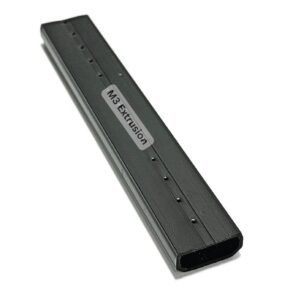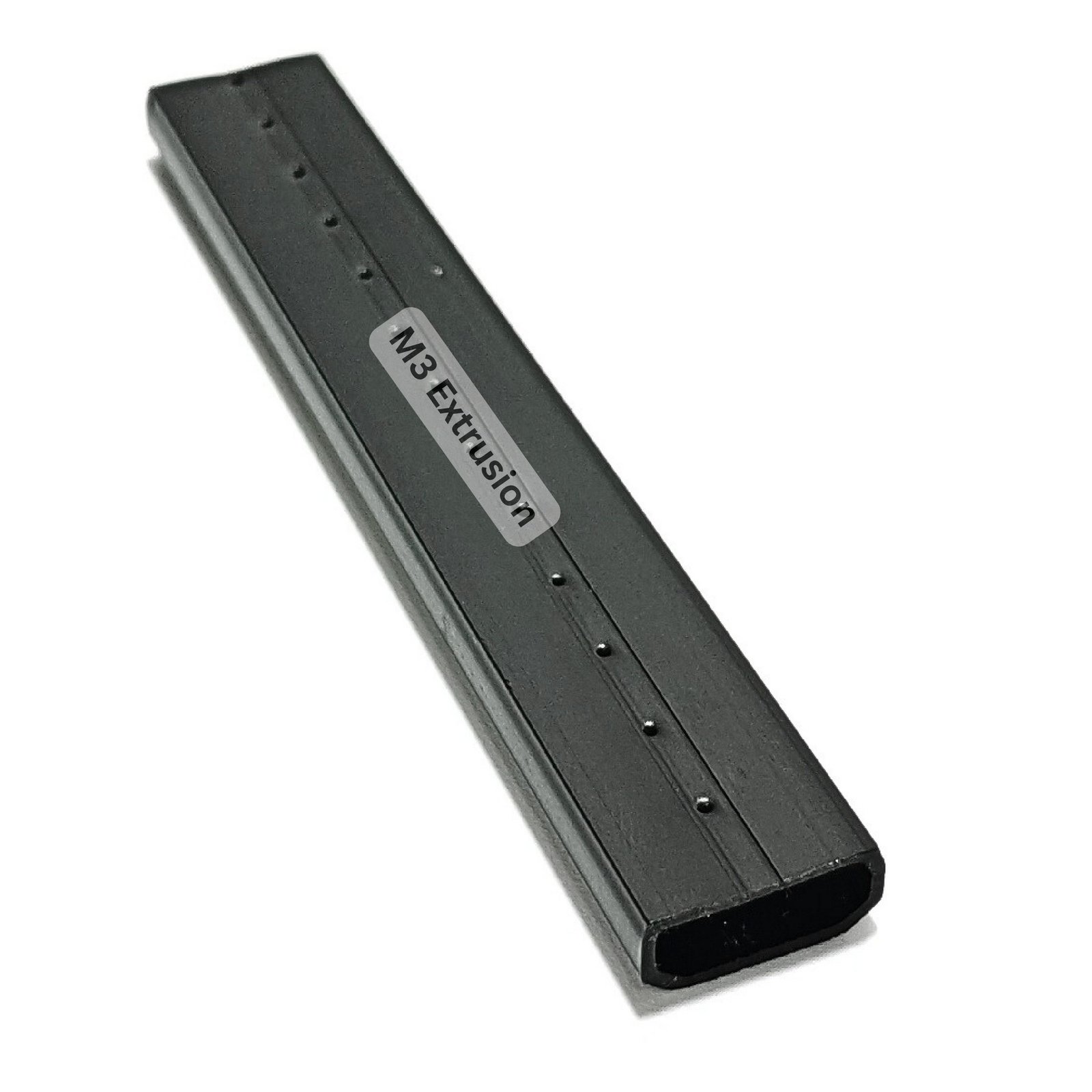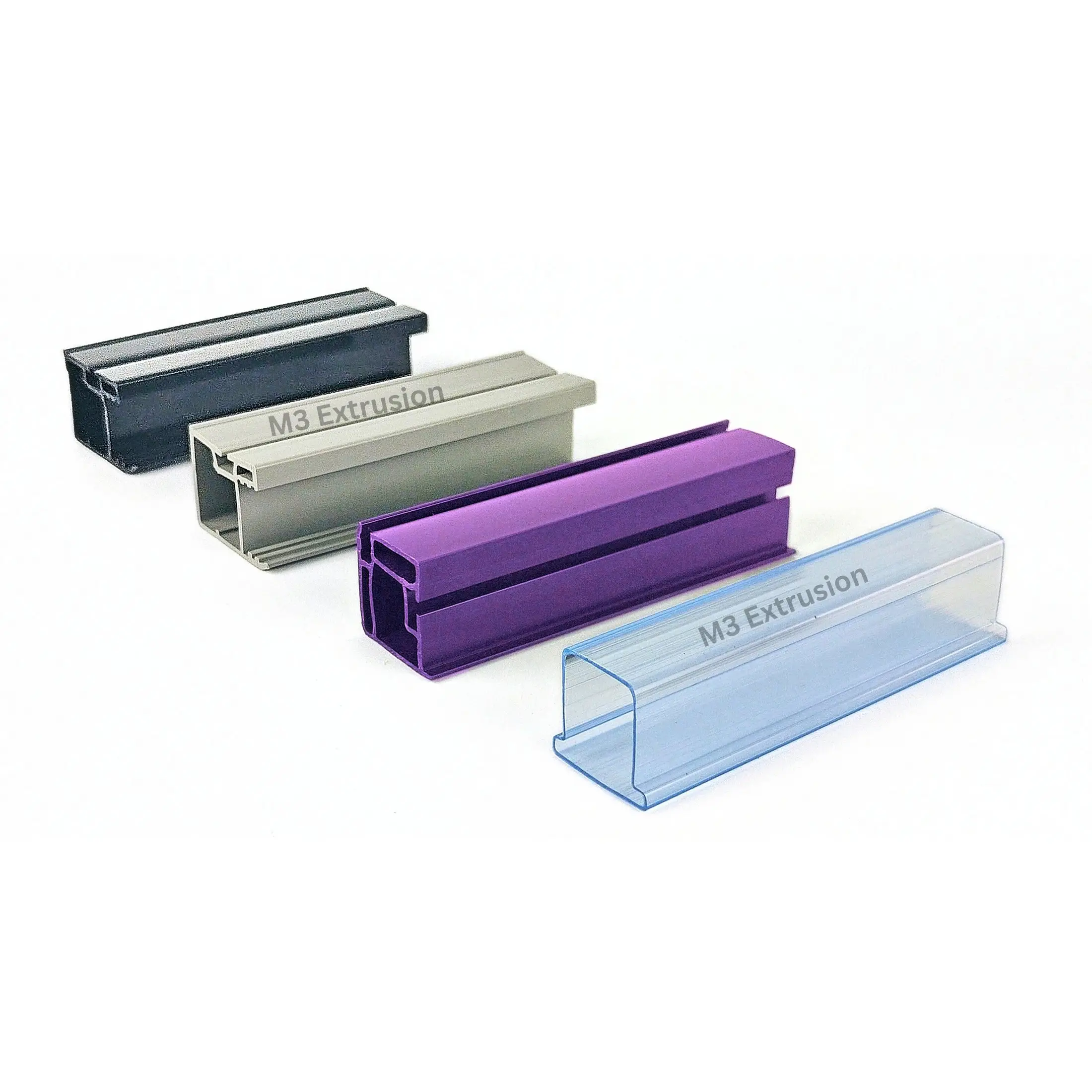Energy efficiency is a key priority in today’s building industry. From homes to office towers, reducing heat loss and improving comfort is central to design. A proven solution to the problem of thermal bridging is the warm edge spacer in India.

These components, used in insulated glass units, play a crucial role in creating high-performance windows. Instead of traditional aluminium, warm edge spacers are made with low-conductivity materials such as stainless steel, composite plastics, or hybrid systems. This small change significantly improves building performance, ensuring structures are durable, comfortable, and cost-effective over time.
Understanding Thermal Bridging
Thermal bridging happens when heat bypasses insulation and flows through a highly conductive material. In glass units, aluminium spacers around the edges allow heat to escape and cold air to enter.
Why this matters in buildings:
- Higher energy consumption for heating and cooling
- Moisture buildup and condensation around glass edges
- Uneven indoor temperatures that affect comfort
- Long-term damage to frames and walls
Warm edge spacers reduce this unwanted heat transfer, helping windows perform at their best.
How Warm Edge Spacers Solve the Problem
Warm edge spacers replace highly conductive aluminium with materials that resist heat transfer. This improves the thermal efficiency of insulated glass units while creating a warmer edge temperature inside the building.
Benefits noticed by builders and architects:
- Improved U-values resulting in lower energy bills
- Reduced condensation preventing mould and damage
- More consistent indoor temperature
- Longer lifespan for windows and seals
Why Builders Prefer Warm Edge Spacers
Energy Savings That Add Up
For large commercial projects, even a small improvement in thermal performance can reduce annual HVAC costs. In India’s climate, where air conditioning is commonly used, these savings are significant.
Long-Term Durability
Condensation is a major threat to insulated glass units. Warm edge spacers maintain higher edge temperatures, keeping moisture out and extending the service life of glazing systems.
Comfort for Occupants
Warm edge spacers ensure consistent surface temperatures, reducing cold spots and draughts near windows. This improves comfort in homes and offices.
Design Flexibility
They fit easily into slim window frames, large glass façades, and curtain walls. Architects can maintain sleek designs without compromising thermal efficiency.
Market Growth of Warm Edge Spacer in India
The demand for warm edge spacer in India has grown due to:
- Urbanisation requiring energy-efficient high-rise buildings
- Government initiatives promoting green construction standards
- Increasing energy costs encouraging long-term savings
Using warm edge spacers can reduce energy consumption in commercial buildings by up to seven percent annually, making them practical for large-scale projects.
Warm Edge Spacers and Sustainable Construction
Green buildings are becoming standard practice. Warm edge spacers contribute to certifications such as LEED and GRIHA by improving energy efficiency.
Key sustainability benefits:
- Lower carbon footprint over the building’s lifetime
- Reduced HVAC demand
- Extended lifespan of insulated glass units
- Compliance with energy standards
This makes warm edge spacers valuable for both performance and environmental goals.
Example of Use in Commercial Buildings
Modern office buildings in cities such as Bengaluru, Pune, and Hyderabad often feature glass façades. Without proper insulation, these buildings face high energy loads. Switching to warm edge spacers has shown:
- Lower energy consumption
- Fewer condensation problems on façades
- Improved comfort for occupants near windows
This demonstrates why architects specify warm edge spacers early in design for better long-term results.
Warm edge spacers not only improve insulation but also help manage costs over time. Learn more in our guide on the long-term cost benefits of using warm edge spacers in construction.
Key Advantages at a Glance
- Reduces thermal bridging for improved insulation
- Lowers energy bills in residential and commercial projects
- Extends the lifespan of insulated glass units
- Reduces condensation and maintenance needs
- Supports compliance with green building standards
FAQ Section
Q1. What is a warm edge spacer in insulated glass?
A warm edge spacer is a low-conductivity material placed between glass panes. It reduces heat transfer at the edge of the window, improving energy efficiency and comfort.
Q2. How do warm edge spacers improve thermal performance?
They replace aluminium spacers with materials that insulate better. This reduces thermal bridging and enhances U-values of windows.
Q3. Can warm edge spacers be used in high-rise buildings in India?
Yes. They perform well in curtain walls and large façades, helping control energy use and reduce condensation.
Q4. Do warm edge spacers reduce condensation?
Yes. They maintain warmer edge temperatures, lowering the risk of condensation and protecting walls and frames.
Q5. Are warm edge spacers eco-friendly?
Yes. By cutting energy use and extending the life of insulated glass units, they reduce a building’s carbon footprint and support sustainable construction.
Conclusion
Warm edge spacers are essential in modern architecture to address thermal bridging. They improve insulation, reduce condensation, and lower long-term costs, making buildings more efficient and comfortable. With the increasing availability of warm edge spacer in India, builders and architects can achieve sustainable, durable, and energy-efficient designs for residential and commercial projects.



